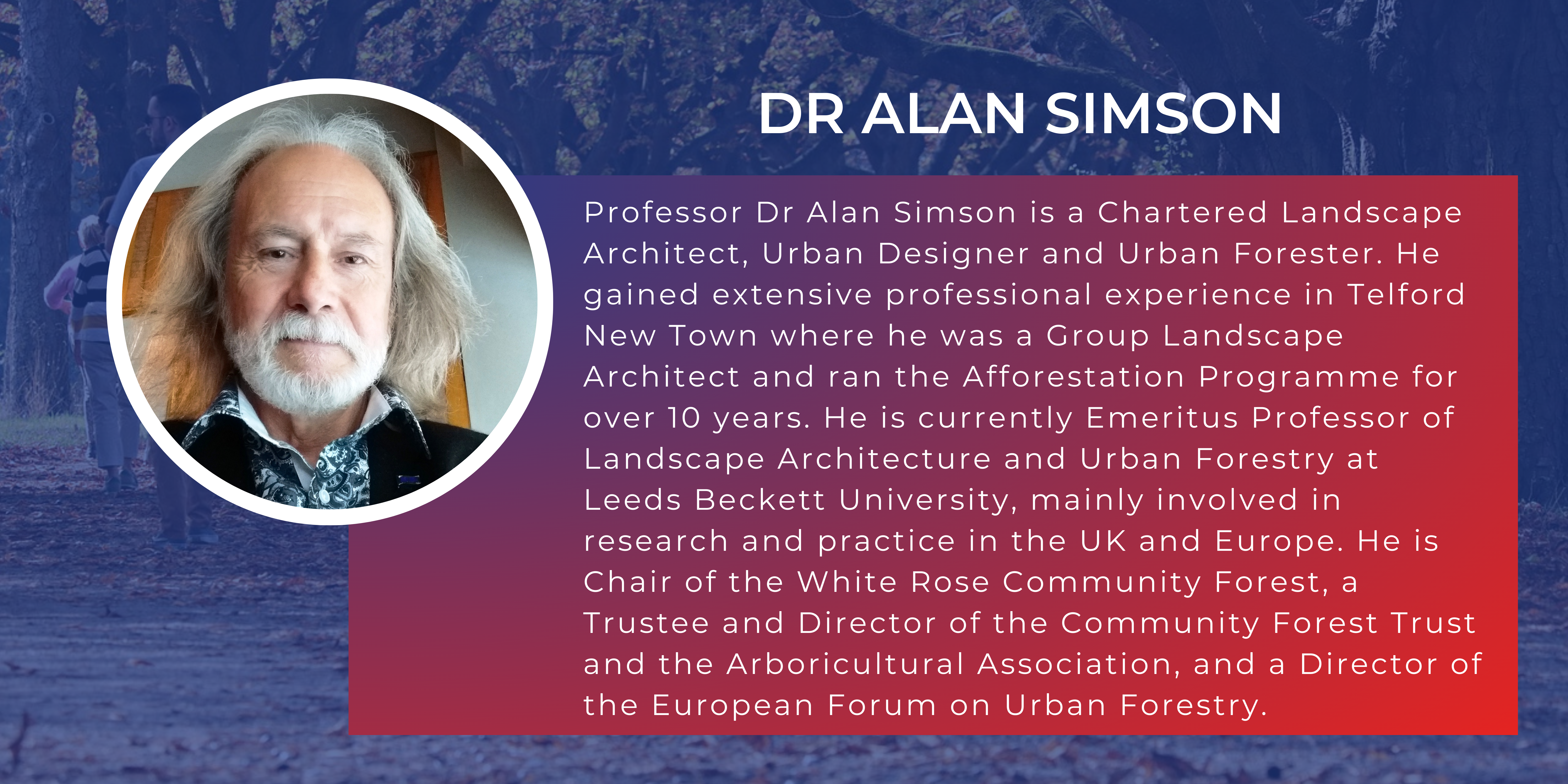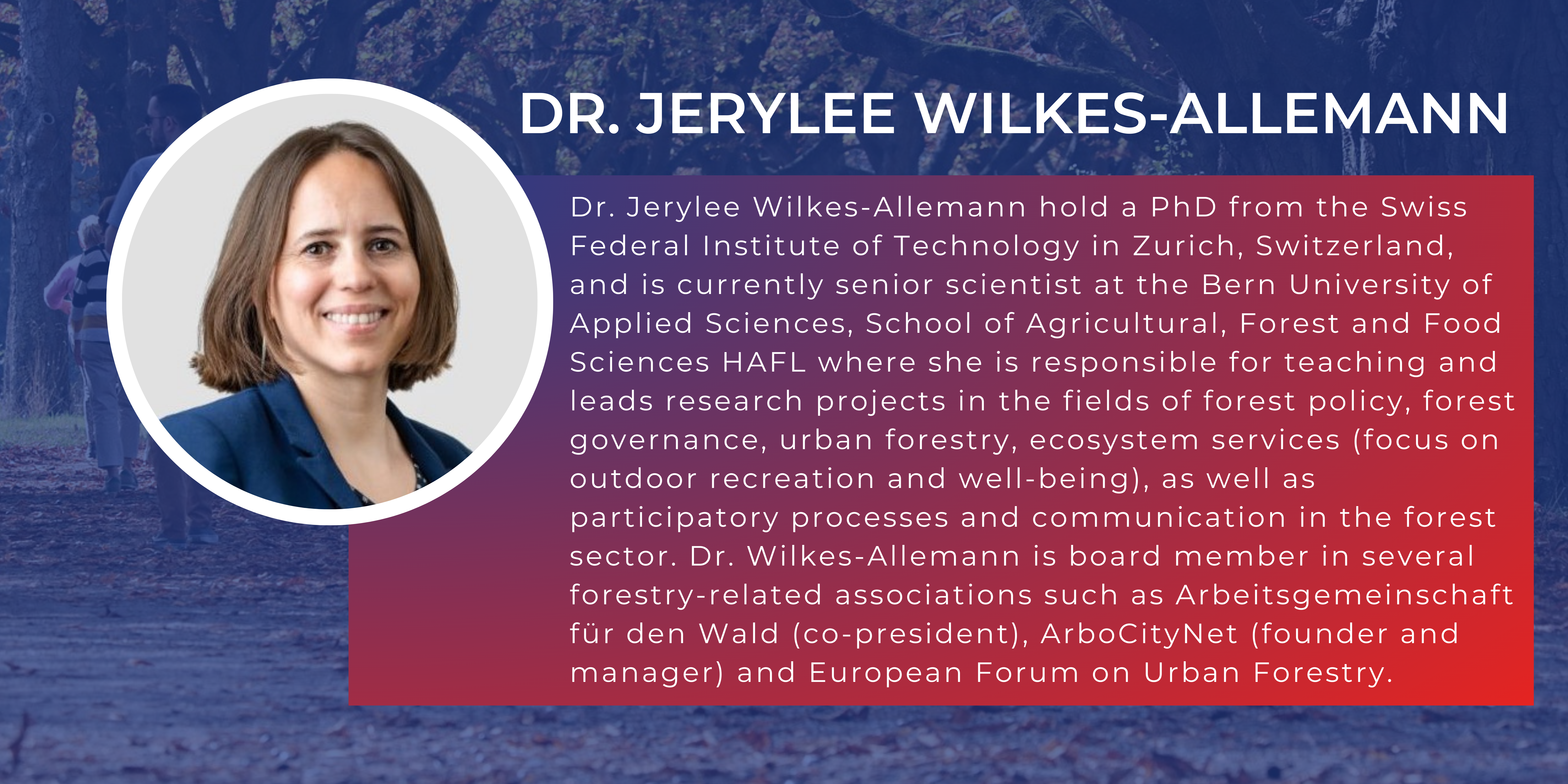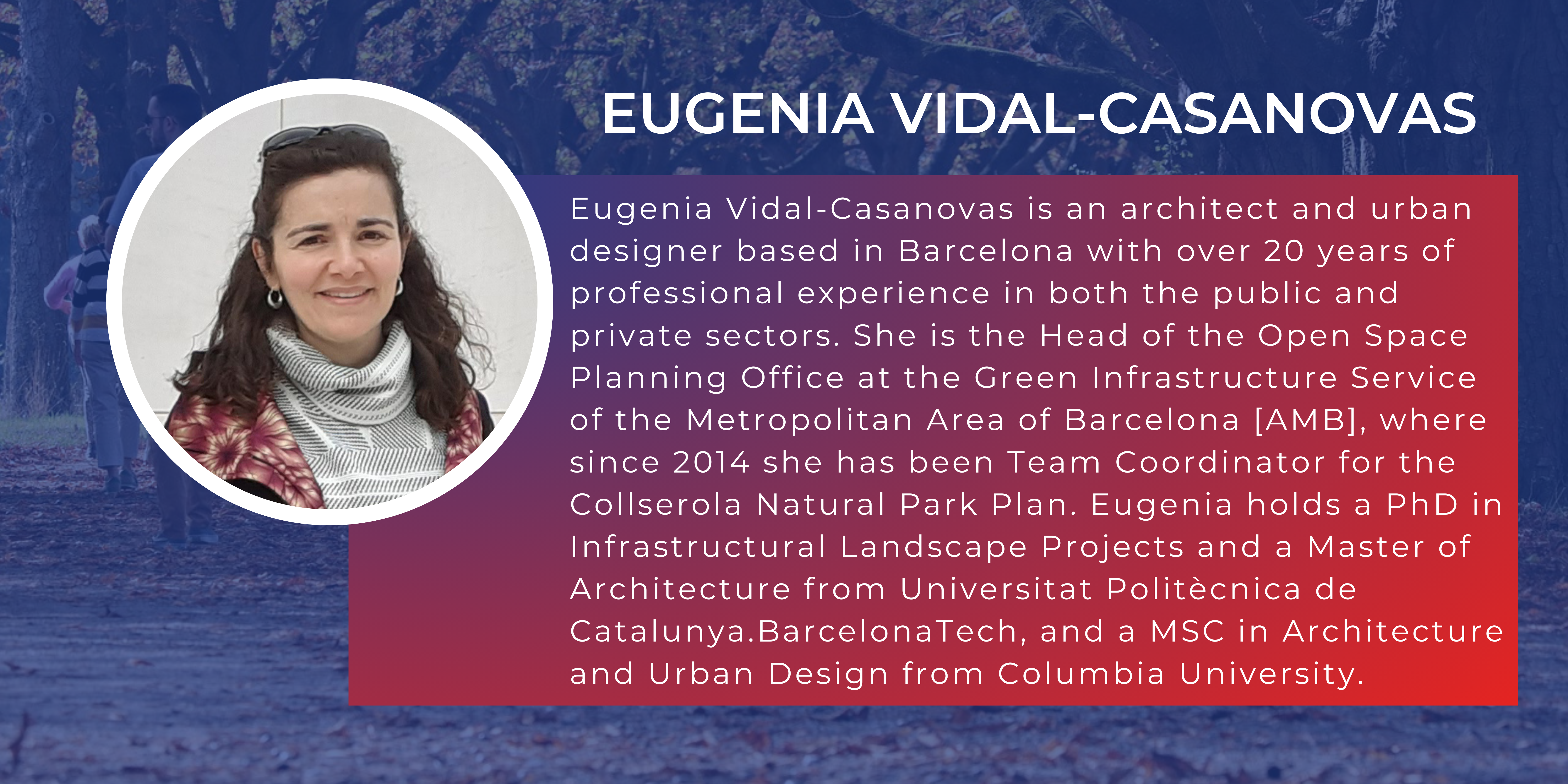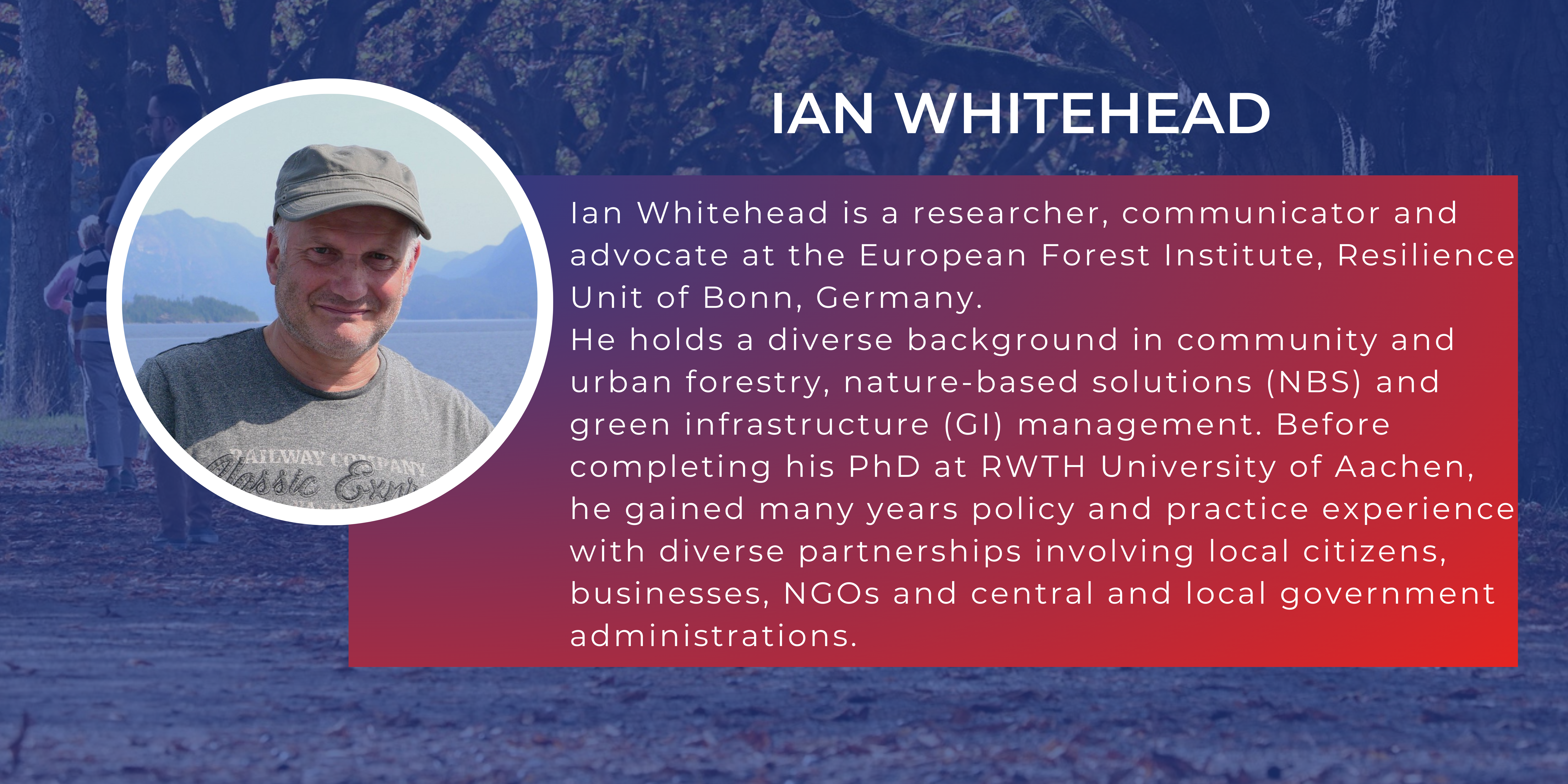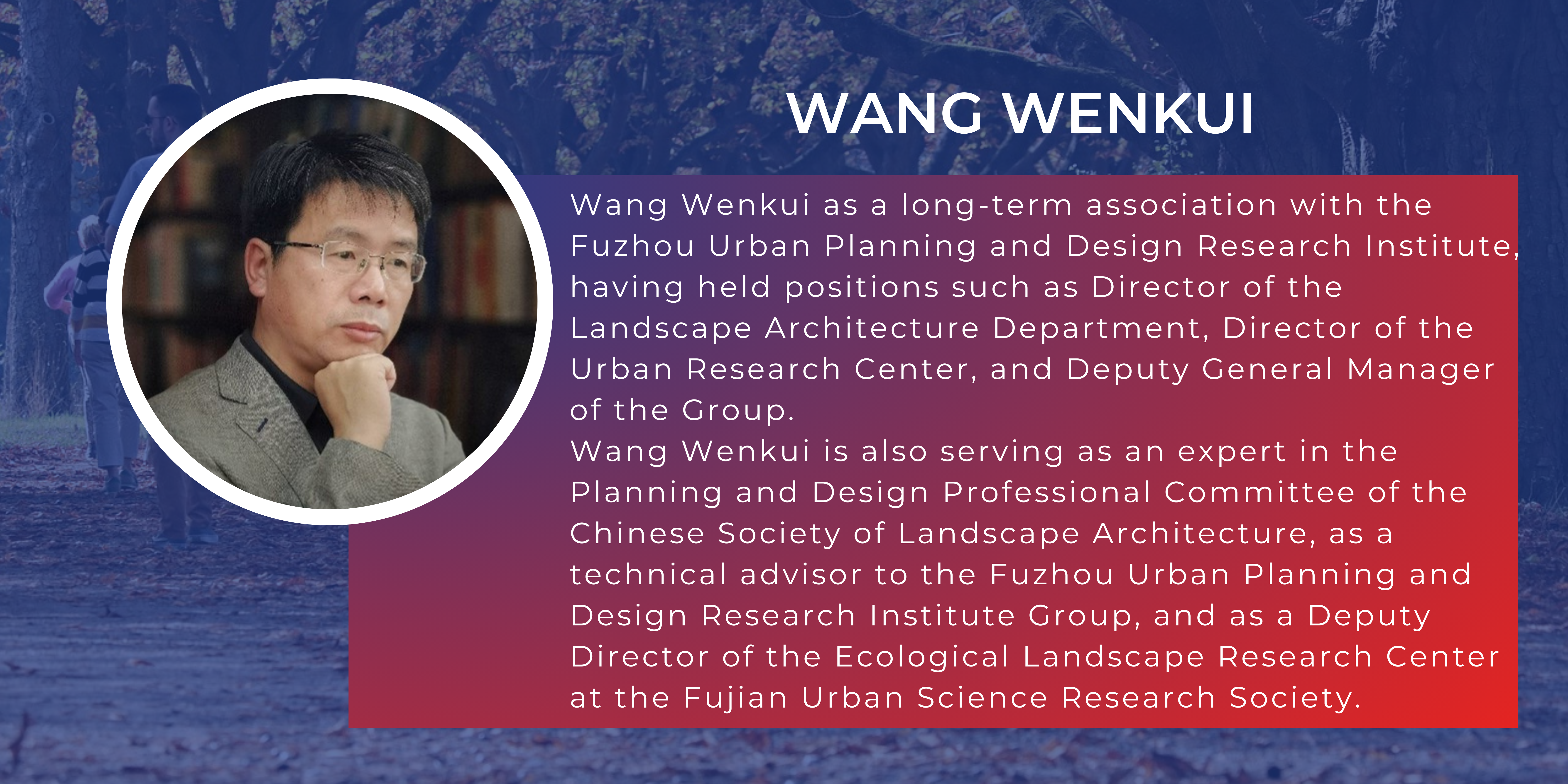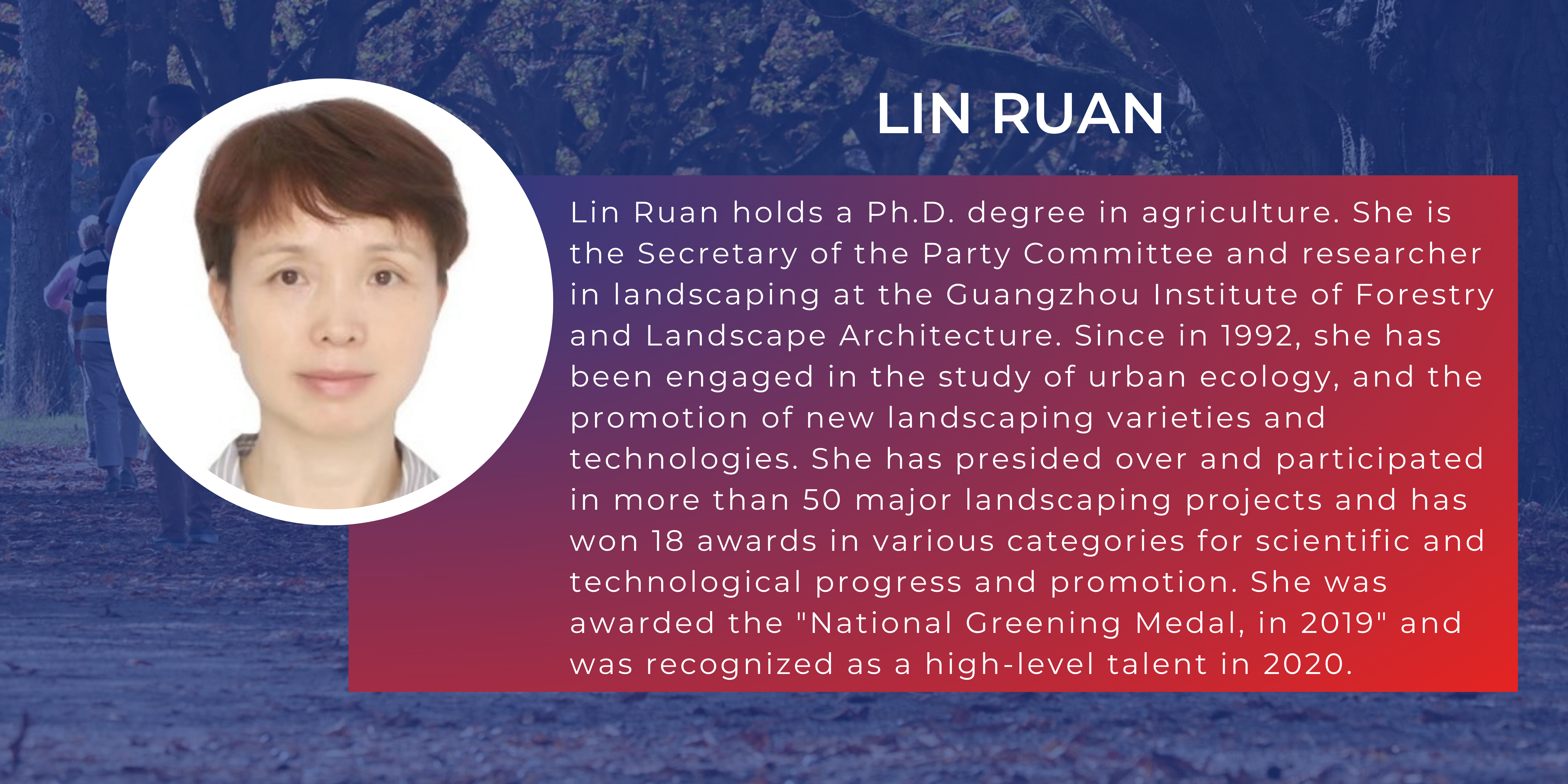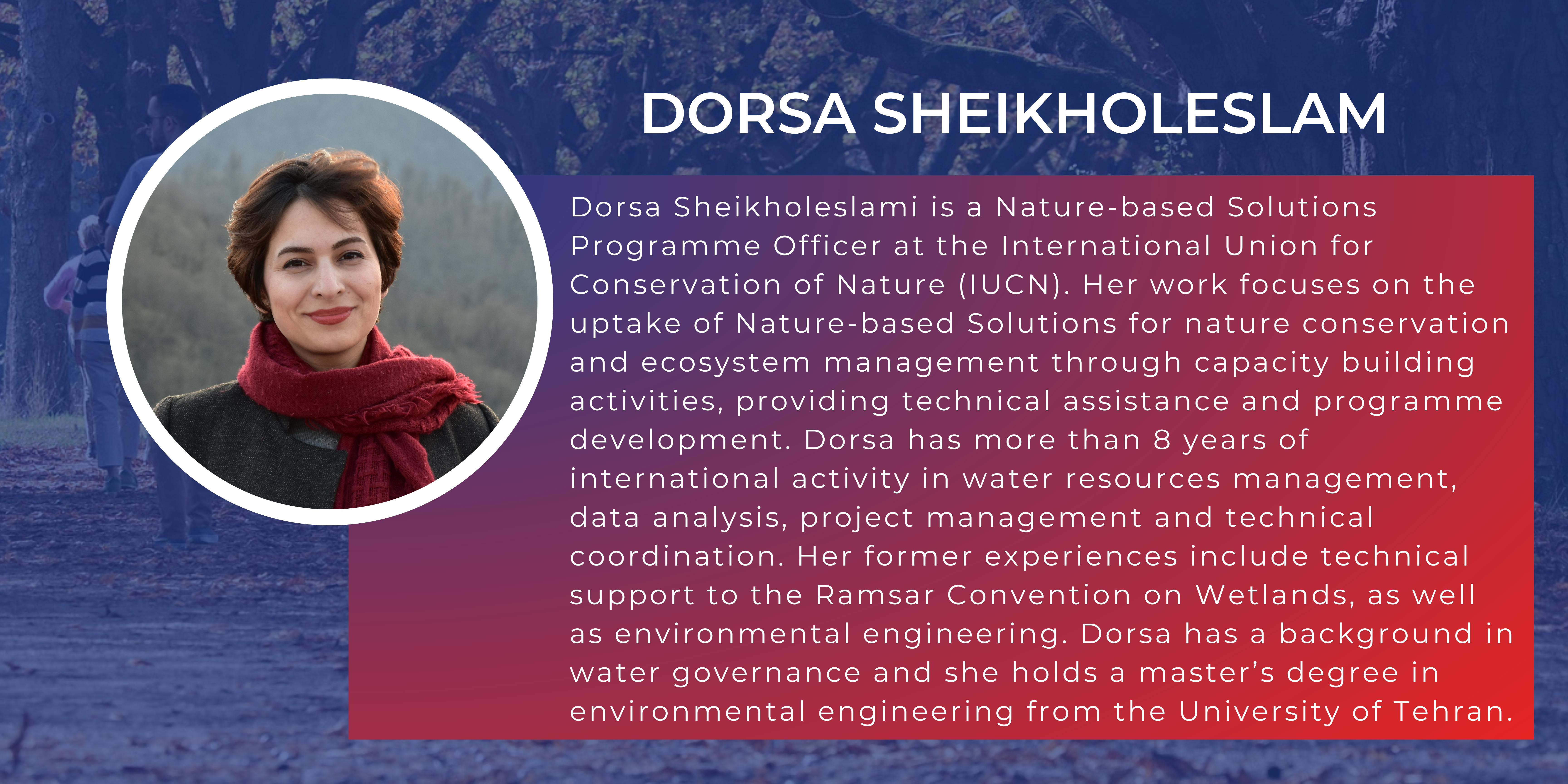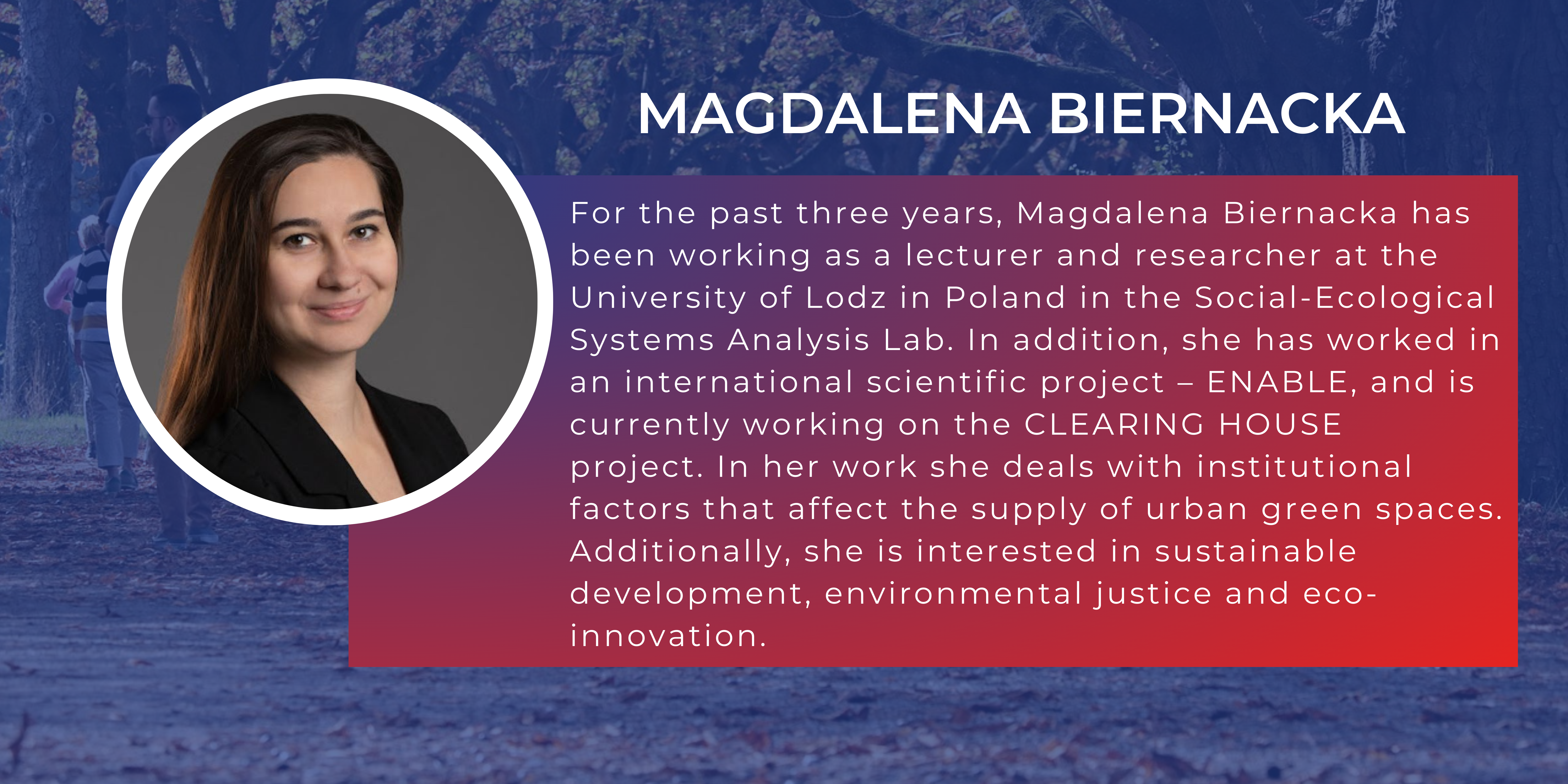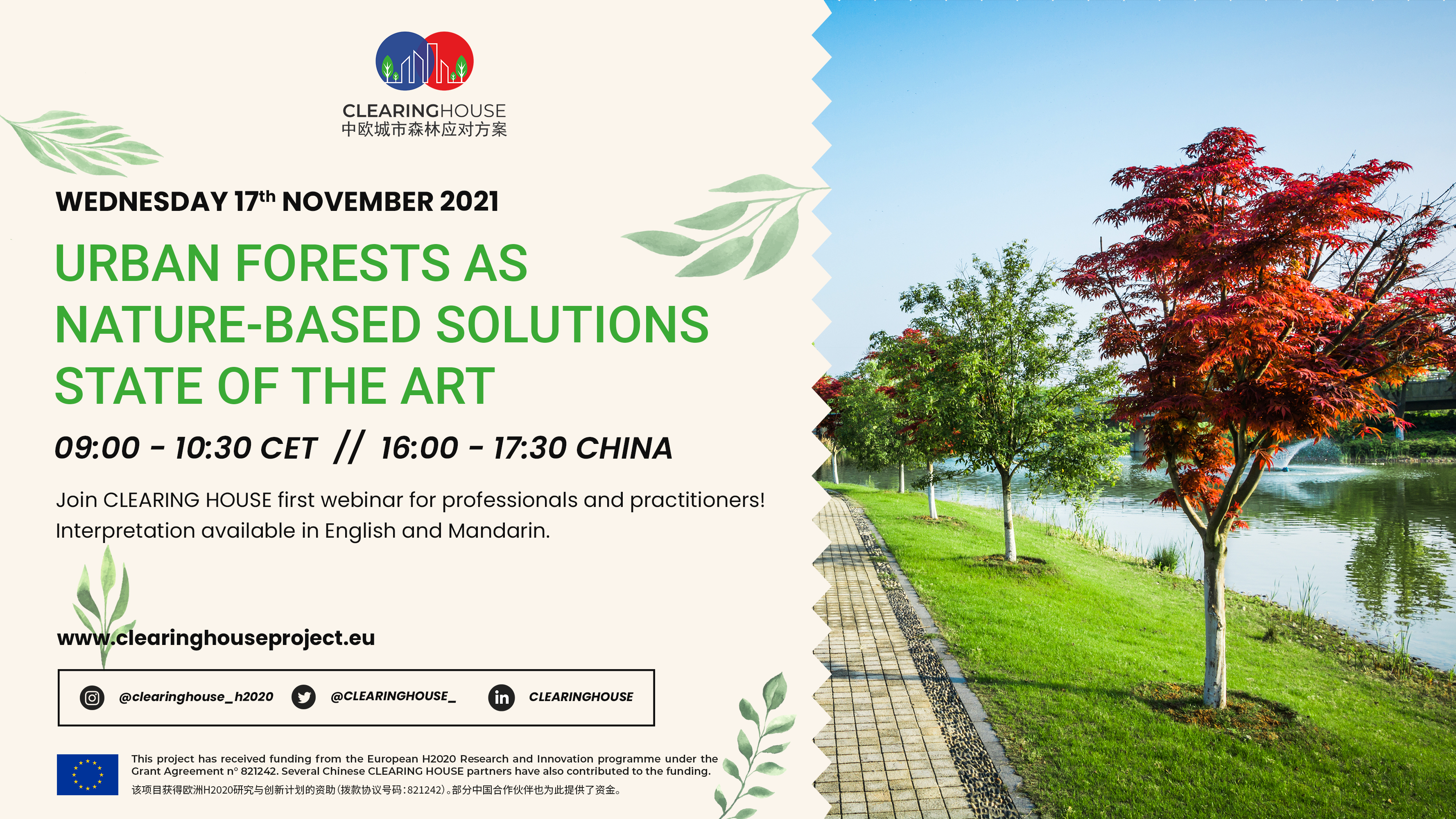
ABOUT CLEARING HOUSE
The project Clearing House addresses a global challenge that unites European and Chinese cities in their quest to develop more resilient cities and liveable societies in order to improve human wellbeing. Its main focus is on tree-based green infrastructure which is the basis for “urban forests as nature-based
solutions”.Urban Forests as nature-based solutions (UF-NBS) are a subset of nature-based solutions that build on tree-based urban ecosystems to address societal challenges, simultaneously providing ecosystem services for human well-being and biodiversity benefits. UF-NBS include peri-urban and urban forests, forested parks, small woods in urban areas, and trees in public and private spaces.
ABOUT THE WEBINAR SERIES
Based on the thematic guidelines developed by CLEARING HOUSE experts to assist stakeholders across Europe, China, and globally in implementing Urban Forests as Nature-Based Solutions (UF-NBS), four webinars are being delivered.
Webinar recordings are available in English. Target audience for the webinars include professionals and practitioners spanning policy, planning, and practice.
The webinar series is organised by Metropolis and the CLEARING HOUSE project, with the support of EFUF and SUPERB.


15th November 9:00-10:30 am CET
Planning of urban forests should primarily focus on an ecosystem-based and human well-being approach. In this regard, an urban forest strategic plan for urban forests (whether new or pre-exiting) is a key element for managing trees in urban environments and thereby realizing the potential of trees as a sustainable nature-based solution. What elements should the strategic plan include? What methodology should be followed to develop the strategic plan? Who should participate in its creation?
Keynote speech by Clive Davies, Chairperson at the European Forum on Urban Forestry (EFUF)
Case studies examples
- Beijing Plain Area Afforestation Programme (BPAP) (Beijing, China) presented by Jiali Emily Jin, Research Associate at the Research Institute of Forestry from the Chinese Academy of Forestry.
- Gelsenkirchen, Germany – by Barbara Darr from the Regional Forestry Office of the Ruhr Area
Moderation by Wendy Y Chen, Editor-in-Chief at the Urban Forestry & Urban Greening Journal

17th November 9:00-10:30 am CET
Urban Forest Governance (UFG) refers to the management and development of trees and forests in urban areas. In many cases, effective governance of Urban Forests as Nature Based Solutions (UF-NBS) requires collaboration and coordination among various stakeholders, including governmental agencies, non-governmental organizations, community groups, and individuals. What are the key aspects of urban forest governance and management? What roles should each of the involved actors undertake? What methodologies can be employed to facilitate collaboration among the different stakeholders?
Keynote speech by Ivana Zivojinovic, Senior Researcher at the Institute of Forest, Environmental and Natural Resource Policy of BOKU, and at the Forest Policy Research Network of the European Forest Institute (EFI) ; and Jiali Emily Jin, Research Associate at the Research Institute of Forestry from the Chinese Academy of Forestry.
Case studies examples
- Dunbar, Scotland, UK, by Dr Alan Simson, Emeritus Professor of Landscape Architecture and Urban Forestry, Leeds Beckett University
- Shenzhen Forest, China, by Cao Hua, Professor and Deputy Director at Shenzhen Fairy Lake Botanical Garden (SZBG), Landscape architecture subject.
Moderation by Clive Davies, Chairperson at the European Forum on Urban Forestry (EFUF)

22th November 9:00-10:30 am CET
Participatory approaches play a crucial role in designing neighborhoods, as they offer undeniable advantages compared to conventional processes managed solely by professionals or public stakeholders. Learn how urban and peri-urban UF-NBS projects can best involve the public/civil society from the outset to mitigate conflict and simultaneously legitimize the process. How can the public be engaged? How can effective participation be fostered? What challenges can the participation process
generate and how should they be addressed?
Keynote speech by Jerylee Wilkes-Allemann, senior scientist at the Bern University of Applied Sciences, School of Agricultural, Forest and Food Sciences (HAFL)
Case studies examples
- Llobregat&CO living co-creation laboratory (Barcelona, Spain) presented by Eugènia Vidal, Architect, Urban Design and Planning Department at Àrea Metropolitana de Barcelona (AMB)
- Fujian, China, presented by Wang Wenkui, Master of Engineering Survey and Design, Professor-level Senior Engineer.
Moderation by Ian Whitehead, researcher at the European Forest Institute (EFI), Resilience Unit, Bonn

24th November 9:00-10:30 am CET
Urban forests stand out as key solutions to climate change as long as they cater to the needs of diverse groups, but they require protection and restoration to fulfil their role in green infrastructure. How should the restoration of green-blue infrastructure be carried out? What are the main challenges facing this restoration and how could they be overcome? Why is it important to ensure the multifunctionality of green spaces in urban environments?
Keynote speech by Magdalena Biernacka, Lecturer at University of Lodz and Jakub Kronenberg, visiting scholar at the University of Cambridge, Department of Geography and Cambridge Conservation Initiative.
Case studies example
- Guangzhou (China), presented by Lin Ruan, Secretary of the Party Committee and a researcher in landscaping at the Guangzhou Institute of Forestry and Landscape Architecture
Moderation by Dorsa Sheikholeslami, Nature-based Solutions Programme Officer at the International Union for Conservation of Nature (IUCN)

2nd February 9:00-10:30 am CET
Globally, Urban Forests as Nature-Based Solutions (NBS) enhance resilient urban landscapes and foster societies that prioritize human well-being.
The CLEARING HOUSE project introduces three tools for municipalities to optimize their tree-based initiatives:
- Spatial Impact Assessment and Classification tool (SIAC),
- Spatial Information and Knowledge Hub (SIK-Hub),
- CLEARING HOUSE Citizen Science.
Keynote speech by Manuel Wolff and Sebastian Scheuer, Humboldt-Universität zu Berlin
Case studies examples
- City of Barcelona, presented by Corina Basnou, Ecological and Forestry Applications Research Centre (CREAF)
- City of Gelsenkirchen and Krakow.
Moderation To be define,






